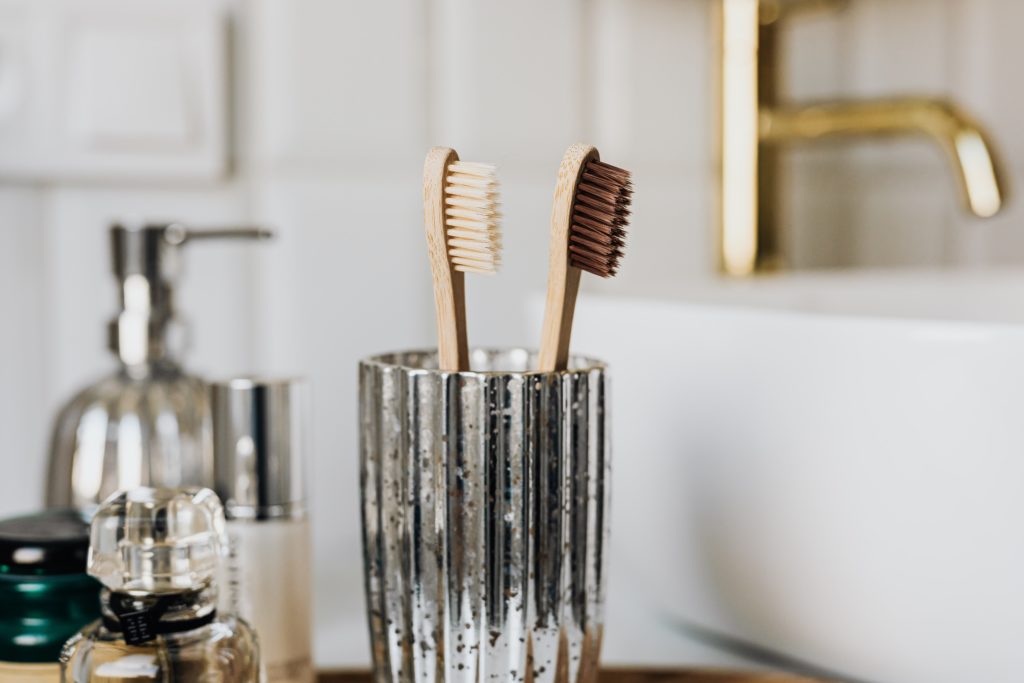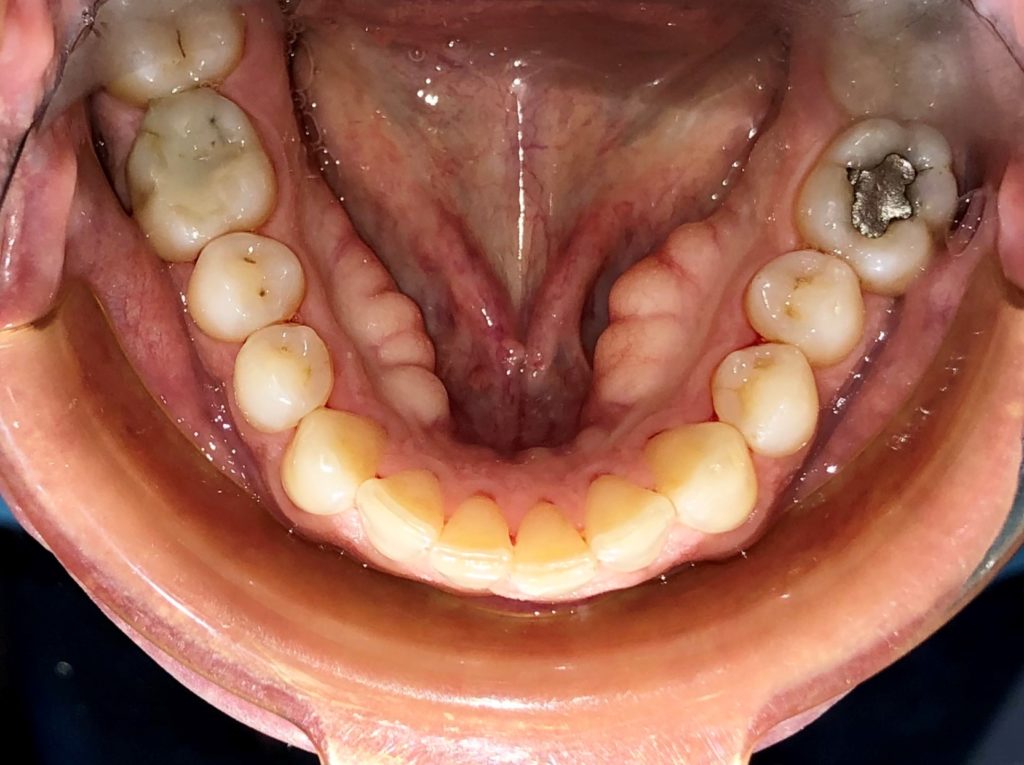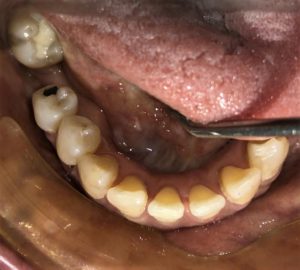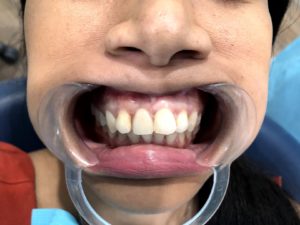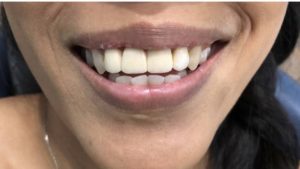General Topic : Dental Examination
“Doctor, I brush my teeth twice a day. Why do I still get problem with my teeth?”
Does this sound familiar to you? Is this one of your doubts as well?
Most of us in Malaysia have the habit of brushing twice per day.
However, how effective is your brushing?
Are you brushing using the right tool?
Are you brushing using the right way?
How do you know if you are brushing well?
Chances are you won’t know until a dentist examine you and tell you about it.
Whenever patient come for dental check up, I like to examine the teeth, the gum, the arrangement of their teeth and any other potential problem that is present.
Let’s look at this patient teeth together.
Case Study: a lower tooth that is difficult to clean
This young gentleman came requested for a scaling.

Interestingly, all the teeth in general are very clean; except for one tooth that was totally covered by calculus.
Immediately, I knew that something wasn’t quite right there.
When I looked again, I realised that the teeth next to it are not align with it.
It means that when he place his tooth brush there, the bristle of the tooth brush won’t be touching this tooth. No matter how hard he tried, he won’t be able to clean the tooth.
I discussed with him what is the challenge, and taught him how to angle his tooth brush in brushing this tooth.
Also, I suggested other tools that could help him in cleaning this particular tooth.
He was delighted to learn about the way of cleaning his teeth as he was always troubled by a rough feeling over this tooth.
Before he left, of course I cleaned his teeth so that he could start fresh from there.

Conclusion
In a nutshell, everyone has different teeth.
There is no one size fits all method of cleaning teeth.
If you have trouble cleaning your teeth, or you would like to know how to clean your teeth effectively, feel free to contact me for a personalised plan for you.
Thank you.
Love,
Dr Gwen Gan

